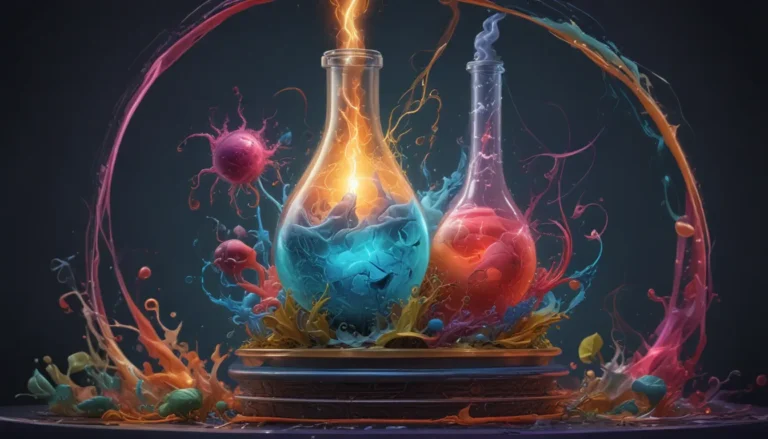A Note About Images: The images used in our articles are for illustration purposes only and may not exactly match the content. They are meant to engage readers, but the text should be relied upon for accurate information.
Welcome to the captivating world of photocatalysis, where chemistry meets light to drive remarkable chemical reactions. From cleaning water to producing energy and even creating medicine, photocatalysis offers innovative solutions for a cleaner, healthier planet. In this article, we will unravel 14 extraordinary facts about this fascinating phenomenon, exploring its history, mechanisms, practical applications, and significance in shaping our present and future.
The Magic of Photocatalysis
- Photocatalysis is a process that harnesses light energy to drive chemical reactions.
- A photocatalyst, typically a semiconductor material, absorbs photons to initiate chemical transformations.
- This process is used in various industries, including environmental remediation, to break down pollutants and purify air and water.
Titanium Dioxide: A Powerhouse Photocatalyst
- Titanium dioxide (TiO2) is a commonly used photocatalyst with excellent properties.
- It is widely employed in applications like self-cleaning surfaces and solar cells.
Green Energy with Photocatalysis
- Photocatalysis can generate renewable energy by harnessing sunlight to produce hydrogen.
- It plays a role in artificial photosynthesis to convert sunlight into chemical energy.
Sustainable Solutions with Photocatalysis
- Photocatalysis offers a promising solution for carbon dioxide reduction by converting it into valuable chemicals.
- Surface modifications can enhance the efficiency of photocatalysis by improving light absorption and reaction rates.
Revolutionizing Various Industries
- Photocatalysis has the potential to revolutionize wastewater treatment by efficiently degrading contaminants.
- It is explored for the synthesis of complex organic molecules and sustainable building materials.
Applications Beyond Earth
- Photocatalysis finds applications in medicine for disinfection and sterilization.
- It has been studied for the degradation of harmful organic pollutants like pesticides.
Advancements in Photocatalysis
- Researchers are exploring the use of photocatalysis for energy storage by converting sunlight energy into chemical bonds.
- The development of novel photocatalytic materials is an ongoing area of research to enhance efficiency and expand applications.
Conclusion: A Sustainable Future with Photocatalysis
Photocatalysis is a groundbreaking technology with diverse practical applications, offering sustainable solutions for environmental, energy, and societal challenges. By harnessing light and catalysts, it provides an efficient way to clean pollutants, generate clean energy, and synthesize valuable chemicals. As we continue to advance in this field, addressing challenges like catalyst stability and scalability will unlock the full potential of photocatalysis for a greener future.
FAQs: Exploring Further
- What is photocatalysis?
- Photocatalysis utilizes light energy and catalysts to drive chemical reactions.
- What are some applications of photocatalysis?
- Applications include air and water purification, solar energy conversion, and organic synthesis.
- How does photocatalysis contribute to environmental remediation?
- It degrades pollutants through photochemical reactions, transforming them into harmless substances.
- Is photocatalysis a sustainable technology?
- Yes, it utilizes renewable energy sources and reduces environmental impacts.
- Are there any drawbacks to photocatalysis?
- Challenges include catalyst stability, cost-effectiveness, and scalability.
- Can photocatalysis be used in the pharmaceutical industry?
- Yes, for organic synthesis, drug discovery, and photoresponsive drug delivery systems.
- How does photocatalysis contribute to renewable energy production?
- It harnesses solar energy for reactions like water splitting to produce hydrogen.
- Is photocatalysis a well-established field of research?
- Yes, it continues to be a vibrant research area with advancements in catalyst design and applications.
Explore the wonders of photocatalysis and its potential to shape a sustainable future. Each step in this incredible journey through science and innovation brings us closer to a cleaner, healthier world. Discover the magic of light and catalysts as we pave the way for a greener tomorrow.






